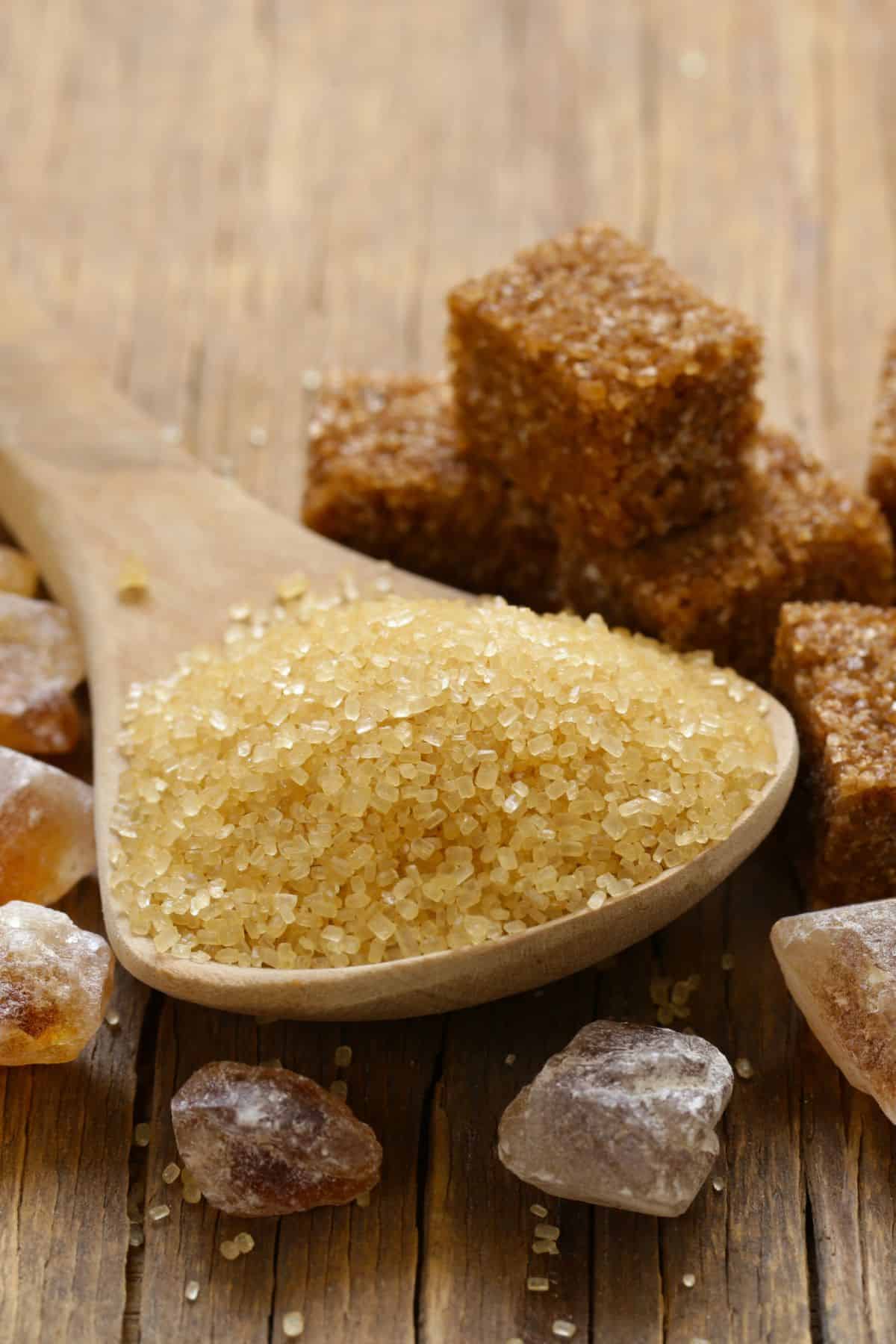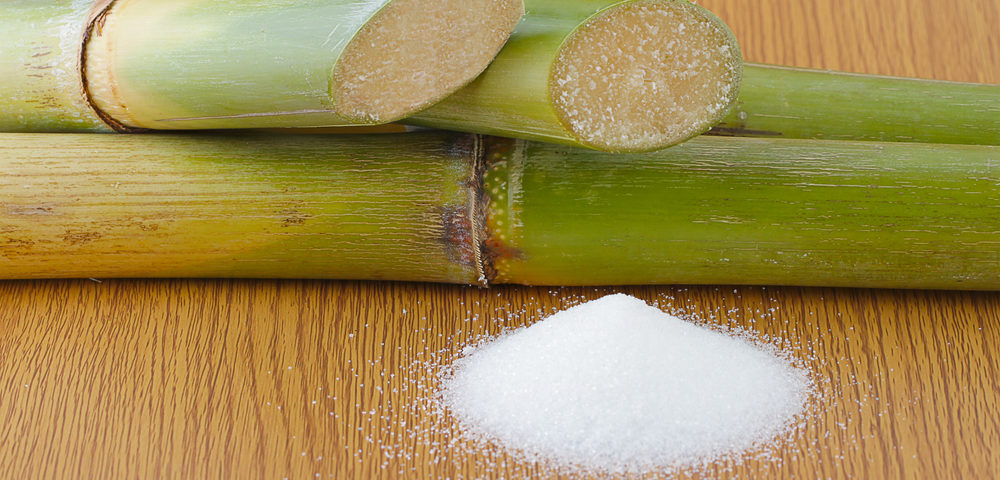Why Sugar and Cane Are Essential Ingredients in Baking and Cooking
Why Cane Sugar Processing Chemicals Are Critical for Modern Sugar Refining
The function of walking cane sugar processing chemicals in contemporary sugar refining can not be overemphasized, as they are important to enhancing both the performance of removal and the total top quality of the last item. Agents such as phosphoric acid and details flocculants are utilized to remove pollutants, resulting in sugar that not only satisfies customer assumptions yet additionally abides by industry standards. The ramifications of these chemicals prolong past top quality, touching upon market dynamics and environmental considerations. sugar and cane. This elevates vital concerns regarding the sustainability of such methods and their influence on the future of sugar manufacturing.
Duty of Handling Chemicals
The effectiveness of cane sugar processing hinges substantially on the calculated application of handling chemicals. These chemicals play a critical role in boosting the performance and top quality of sugar removal and refining. From the first phases of juice extraction to the last purification steps, processing chemicals assist in numerous vital procedures.
In the extraction phase, chemicals such as phosphoric acid and calcium hydroxide are used to maximize the information process, aiding to eliminate pollutants and suspended solids from the walking cane juice. This not only improves the return however also ensures the quality of the end product. Additionally, representatives like flocculants help in the rapid settling of impurities, therefore enhancing the overall process.
Turned on carbon and ion exchange resins offer to remove color and smell, guaranteeing that the polished sugar fulfills customer high quality criteria. Therefore, the precise choice and application of these chemicals are essential for accomplishing optimum outcomes in walking stick sugar handling.
Key Types of Chemicals
Walking stick sugar handling depends on a variety of crucial chemicals that help with each phase of manufacturing. These chemicals play crucial functions in clarifying, whitening, and detoxifying the sugar removed from walking cane.
One primary category of chemicals includes flocculants, such as polyacrylamide, which aid in the information process by advertising the gathering and settling of contaminations. Additionally, calcium hydroxide is commonly employed to reduce the effects of level of acidity and assist in the elimination of non-sugar components.
Whitening agents, such as turned on carbon and sulfur dioxide, are made use of to decolorize the syrup, causing a more clear end product. These chemicals help get rid of shade substances that might affect the sugar's look and bankability.
Furthermore, phosphoric acid acts as a pH regulator throughout the processing stages, making certain ideal conditions for the enzymatic activities associated with sugar removal and filtration.
Other essential representatives consist of edta (ethylenediaminetetraacetic acid), which chelates metal ions that might militarize undesirable responses, and salt hydroxide, which helps in pH control throughout the refining process. Jointly, these chemicals improve efficiency and ensure a premium walking stick sugar item.
Advantages for Sugar Quality
Often forgotten, making use of specific handling chemicals considerably boosts the general quality of walking cane sugar. These chemicals play a critical role in refining procedures, making sure that the final product meets stringent industry criteria for purity and taste.

In addition, processing chemicals help in attaining a consistent granulation and structure, which are vital for customer acceptance. By regulating the condensation process, the original source these chemicals make sure that the sugar crystals form evenly, leading to a more enticing item that dissolves well in numerous applications.
Moreover, using these chemicals can improve the life span of walking stick sugar by minimizing moisture absorption and microbial growth. In general, the strategic application of processing chemicals is vital for providing top quality cane sugar that fulfills customer expectations and market needs.
Ecological Influence Factors To Consider

Furthermore, the energy-intensive nature of sugar refining, worsened by chemical use, frequently causes enhanced carbon exhausts. This adds to climate change and raises issues relating to the sustainability of present refining techniques. Furthermore, the sourcing of these chemicals might include practices that threaten biodiversity, such as monoculture farming, which lowers the resilience of agricultural ecosystems.

To minimize these influences, sugar refiners are progressively discovering lasting options and embracing best practices that minimize chemical use. Applying extensive environmental management systems can help ensure that the refining process aligns with ecological standards and promotes biodiversity. Ultimately, a balanced approach that prioritizes both sugar quality and environmental stewardship is crucial for the lasting viability of the sugar industry.
Future Trends in Refining
As the sugar sector faces the ecological obstacles related to standard refining techniques, ingenious methods are arising to enhance both effectiveness and sustainability. One significant trend is the adoption of green chemistry concepts, which focus on using safe, naturally degradable processing chemicals. This change not only minimizes ecological impact but also addresses customer need for cleaner production techniques.
Another appealing growth is the implementation of advanced filtration modern technologies, such as membrane splitting up and adsorption procedures. These techniques enhance the clarity and quality of the sugar while lowering the volume of wastewater generated during refining. Furthermore, the assimilation of digital modern technologies, including IoT and AI, is changing operational effectiveness view website by enabling real-time surveillance and predictive maintenance, therefore minimizing resource waste.
In addition, using spin-offs from sugar refining, such as bagasse and molasses, is acquiring traction. These materials can be transformed right into biofuels or value-added items, adding to a circular economy within the market. Collectively, these trends signal a shift visit this site towards even more lasting methods that not just enhance functional performance but additionally align with international sustainability goals, ensuring the future practicality of sugar refining.
Verdict
Cane sugar handling chemicals are vital in contemporary sugar refining, significantly enhancing the performance and quality of sugar extraction. The calculated use these chemicals not just enhances the purity and taste of the end product but also ensures constant condensation and structure. As the industry increasingly prioritizes sustainability, the fostering of environmentally-friendly processing agents is likely to form future patterns in refining, inevitably causing higher quality items and expanded service life for consumers.

Inevitably, a balanced strategy that focuses on both sugar high quality and environmental stewardship is important for the long-lasting practicality of the sugar market.
Walking cane sugar processing chemicals are necessary in modern-day sugar refining, significantly boosting the performance and quality of sugar removal.